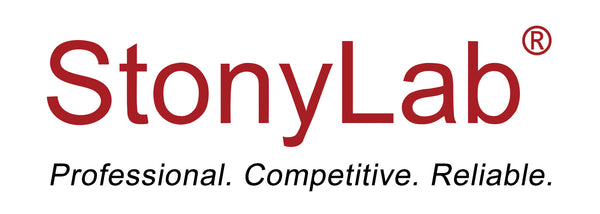Why Polish a Disk Electrode? (Graphite Disk Electrode, Glass Carbon Disk Electrode, Platinum Disk Electrode)
- Remove contaminants and oxide layers
- Restore the surface activity of the electrode
- Ensure reproducible experimental results
- Improve signal accuracy and sensitivity
Part 1: Preparation of Tools
Prepare the following items:
Disk electrode, polishing pad, polishing cloth, alumina powder, deionized water, lint-free wipes.
Tip: Use 0.05 μm alumina powder as the recommended polishing compound.
Part 2: Polishing Procedure
1. Use a metallographic polishing cloth. Peel off the adhesive backing.
2. Attach the cloth flatly onto a glass base or polishing plate.
3. Place a small amount of alumina powder on the cloth and add a few drops of deionized water.
4. Hold the disk electrode vertically and gently press it onto the polishing cloth.
5. Move the electrode in a slow circular or figure-eight motion, applying light, even pressure.
6. Polish for 20 to 30 seconds.
Too long may damage the electrode.
Too short may result in ineffective cleaning.
Part 3: Cleaning the Electrode
1. Rinse the electrode thoroughly with deionized water to remove all polishing residue.
2. Gently dab the surface dry using a clean, lint-free polishing cloth. Do not rub, to avoid scratching the polished surface.
Part 4: Inspect the Result
1. A properly polished electrode should have a smooth, mirror-like surface. There should be no visible scratches, pits, or residue.
2. If necessary, repeat the polishing process until the desired finish is achieved.
Final Note
Use the electrode as soon as possible after polishing to prevent surface oxidation or contamination.

